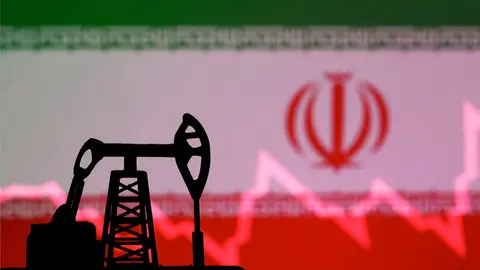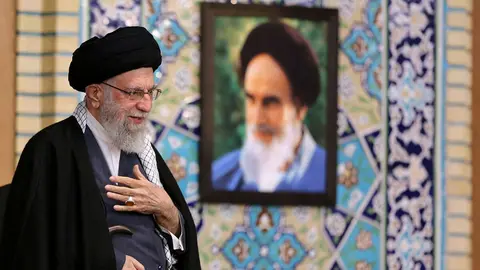Iran's power and Trump's warning

It is very worrying that Trump, and the White House in general, believe that this could achieve the results they are looking for. I do not see the Iranians with their arms crossed and that is why I would like to refer to this country, its people and its political system, as they could be mistaken about their true dimension in contemporary international relations, which could appear to my readers to be a distant country.
It should be pointed out that Iranians are not Arabs, but Persians and that, together with Israel, they are the most powerful states in the Middle East, objectively defining the geopolitical dimensions in that region which includes Saudi Arabia.
Iran is a theocratic state, that is to say, political power lies in the hands of the Ayatollah, the highest religious leader in the country, and who has directed its destiny since they came to power in the so-called Islamic Revolution of 1 February 1979 that ended the monarchy of the Pahlavi dynasty, presided over by the Shah Mohammad Reza Pahlavi, addicted to the West, who was overthrown on that date and had to flee to Egypt and America.
Within this framework, Ayatollah Ruhollah Khomeini, the cleric who finished positioning himself politically, returned triumphantly to the country until his death in 1989, after successfully leading the aforementioned religious revolution from exile, which consolidated him in power.
Since then, Iran, the most powerful Shiite nation in the Middle East with 89.20 million inhabitants, has maintained a political system based on the aforementioned theocracy. In this Persian country, of Aryan historical origin, the highest authority is not - as in most countries in the world - the president, who has it - Masoud Pezeshkian, since 28 July 2024 - but the omnipresent and all-encompassing figure of Ayatollah Ali Khamenei, the so-called Supreme Leader of Iran, who in practice is the highest religious, political, economic and judicial authority in the country and who will decide what to do in the face of the possibility of an imminent US attack due to the recent threat.
Precisely because of his very high membership, the Ayatollah is considered a true source of emulation of Shiism, one of the two branches of Islam - the other being Sunnism - a monotheistic religion that was founded by Muhammad in 622 AD. Iran has power, but its true size is unknown, and that fact alone is a deterrent, so it should not be ignored politically or militarily. Watch out for that!
Article previously published in the newspaper Expreso.



